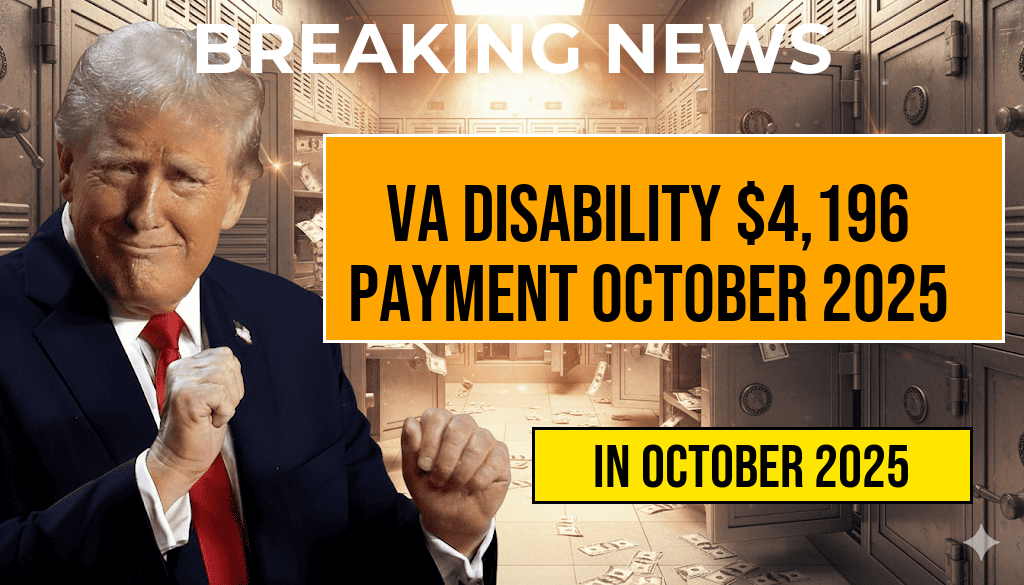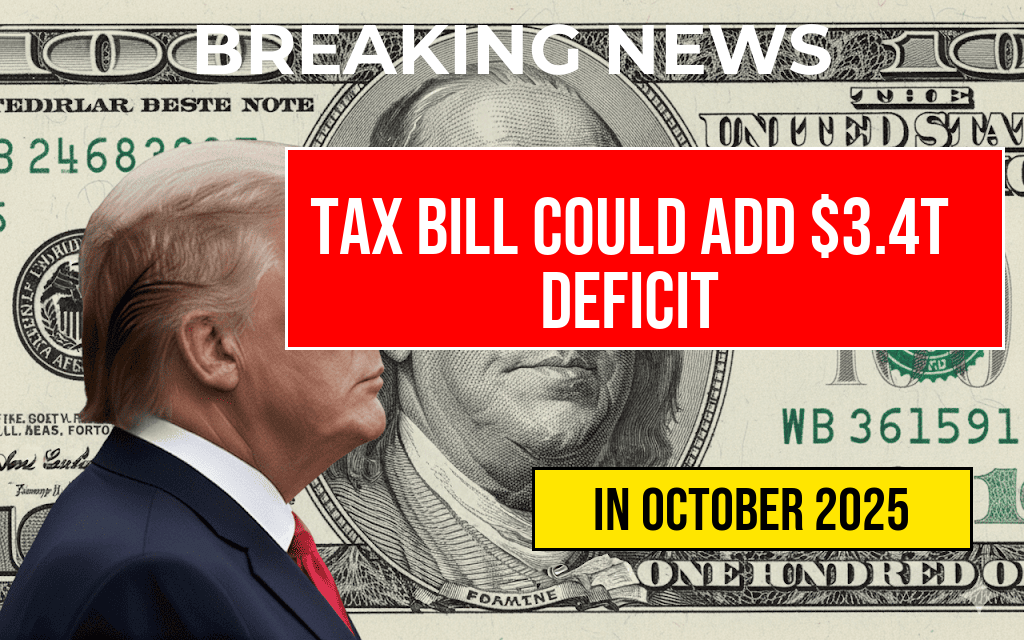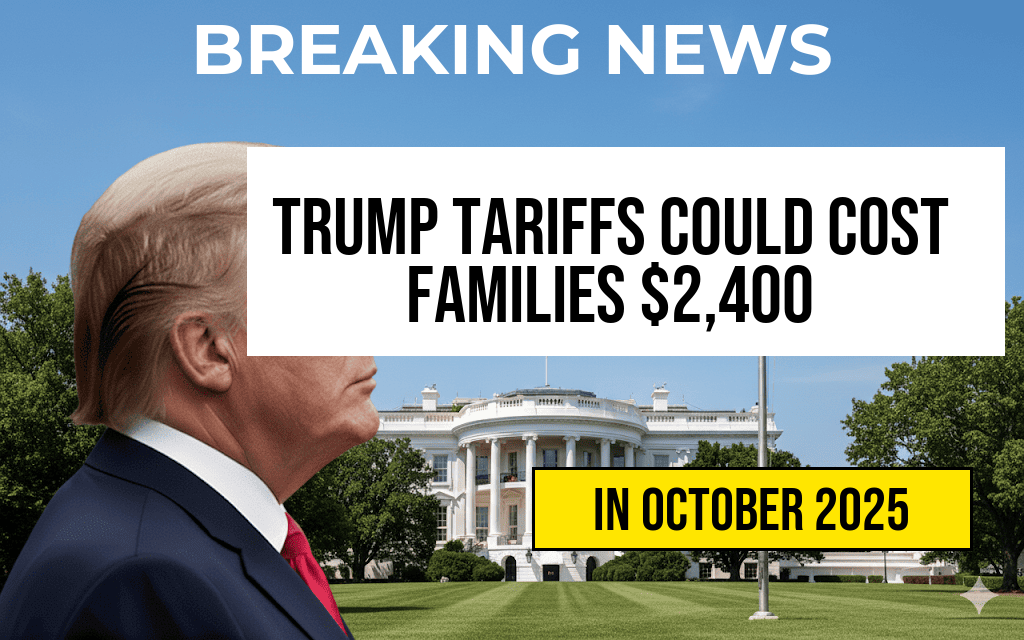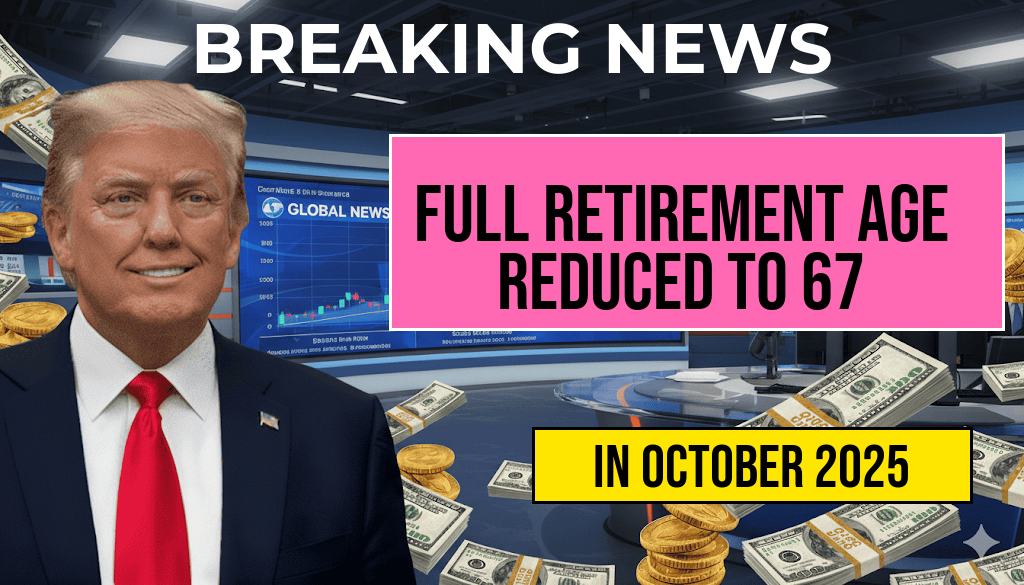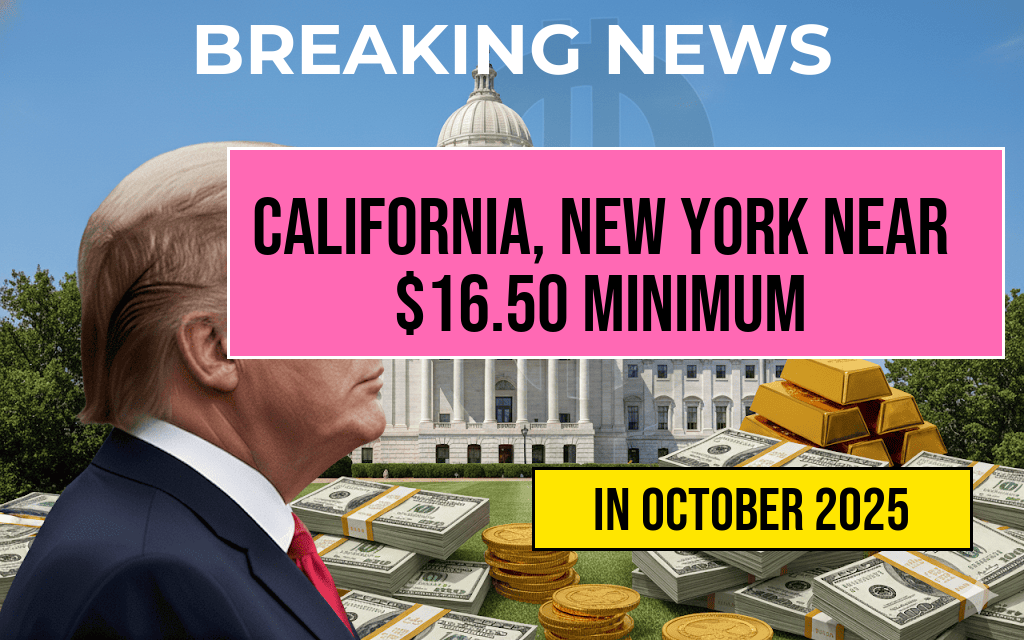Recent discussions surrounding Trump tariffs have reignited concerns about their financial impact on American households. Analysts estimate that these tariffs, which primarily target imported goods, could cumulatively add up to $2,400 annually per family. This figure stems from increased costs across a broad range of products, including electronics, clothing, and household items. While tariffs are often justified as a means to bolster domestic manufacturing, their ripple effects are felt directly at the checkout counter, altering household budgets and influencing consumer behavior. Understanding the scope and mechanics of these tariffs is crucial for families trying to navigate rising expenses amidst a complex economic landscape.
The Mechanics Behind the ‘Turbulence Tax’
The term “Turbulence Tax” has emerged in economic discussions to describe the hidden costs that tariffs impose on consumers. Essentially, tariffs act as taxes on imported goods, which often lead importers to pass on higher costs to consumers. When tariffs are imposed or increased, businesses face higher procurement expenses and often adjust prices accordingly. These adjustments are not isolated to specific sectors; instead, they ripple through the supply chain, affecting a wide array of consumer products.
For example, tariffs on Chinese-made electronics and apparel have led to noticeable price hikes. The U.S. Trade Representative’s office states that tariffs were initially intended to press China on trade practices but have resulted in increased costs across the board. According to recent estimates by the U.S. Census Bureau, consumer prices for imported goods have risen by approximately 3-4% since the tariffs were implemented, translating into tangible expenses for American families.
Estimating the Annual Cost Impact
To quantify the potential financial burden, experts have analyzed consumer spending patterns and tariff rates. Based on household expenditure data from the Bureau of Labor Statistics, a typical American family spends roughly $10,000 annually on imported goods. Applying an average tariff increase of 2-3% on these items suggests an added cost of approximately $200-$300 per year per household just from tariffs.
| Item Category | Average Annual Spending | Estimated Tariff Impact | Additional Cost |
|---|---|---|---|
| Electronics & Appliances | $3,000 | 3% | $90 |
| Clothing & Footwear | $1,500 | 2.5% | $37.50 |
| Household Goods | $2,000 | 2% | $40 |
| Food & Beverages (imported) | $1,500 | 2% | $30 |
| Other | $2,000 | 2.5% | $50 |
Adding these figures results in an approximate increase of $247.50 annually per household. However, this estimate can vary widely depending on the specific tariffs applied, the family’s consumption habits, and the availability of alternative, non-imported products. Some families may experience higher costs if they rely heavily on imported electronics or clothing, while others might see less impact if they prioritize domestically produced goods.
Broader Economic and Political Implications
The tariffs’ ripple effects extend beyond individual households, influencing broader economic dynamics. Critics argue that these taxes can slow consumer spending, dampen economic growth, and contribute to inflationary pressures. Conversely, supporters contend that tariffs serve as leverage to negotiate better trade terms and protect domestic industries. The debate remains polarized, with recent polling indicating that many Americans feel the tariffs have added unnecessary costs to their everyday lives. Forbes reports that ongoing trade tensions could prolong the turbulence, keeping costs elevated for years to come.
What Families Can Do
- Prioritize Domestic Products: Seek out American-made goods to potentially avoid tariff-related price hikes.
- Compare Prices: Shop around and consider alternative brands or retailers to find the best deals.
- Adjust Budgeting Strategies: Allocate extra funds for essential imported goods or explore local markets for affordable options.
- Stay Informed: Keep abreast of ongoing trade policy developments that may influence prices and availability of imported products.
Understanding the Larger Picture
While the direct financial impact of tariffs may seem modest on paper, the cumulative effect can be significant for families living paycheck to paycheck. The “Turbulence Tax,” as some economists call it, exemplifies how trade policies can subtly but steadily influence household expenses. Policymakers face the challenge of balancing national economic objectives with the immediate financial well-being of consumers. As discussions about trade continue, families are advised to remain vigilant about changes that could affect their budgets and to consider flexible strategies to mitigate potential costs.
Frequently Asked Questions
What are the Trump tariffs and how do they affect family expenses?
The Trump tariffs refer to import taxes implemented during former President Donald Trump’s administration, primarily targeting goods from other countries. These tariffs can increase the cost of imported products, leading to higher expenses for families on everyday items.
How much could the ‘Turbulence Tax’ add to my annual family budget?
The ‘Turbulence Tax’ may add up to $2,400 annually to your family expenses, depending on your consumption patterns and the specific goods affected by the tariffs.
Which types of products are most impacted by these tariffs?
Products such as electronics, clothing, household items, and certain imported foods are most affected by the Trump tariffs, leading to increased prices that can impact family budgets.
Are there ways to mitigate the financial impact of these tariffs?
Yes, families can mitigate the impact by choosing domestic alternatives, shopping during sales, or adjusting their consumption habits to reduce reliance on heavily tariffed imported goods.
Will these tariffs continue to affect prices in the future?
The future impact depends on trade policies and negotiations. If tariffs are maintained or increased, families may continue to see higher costs; if they are reduced or removed, prices could stabilize or decrease.


